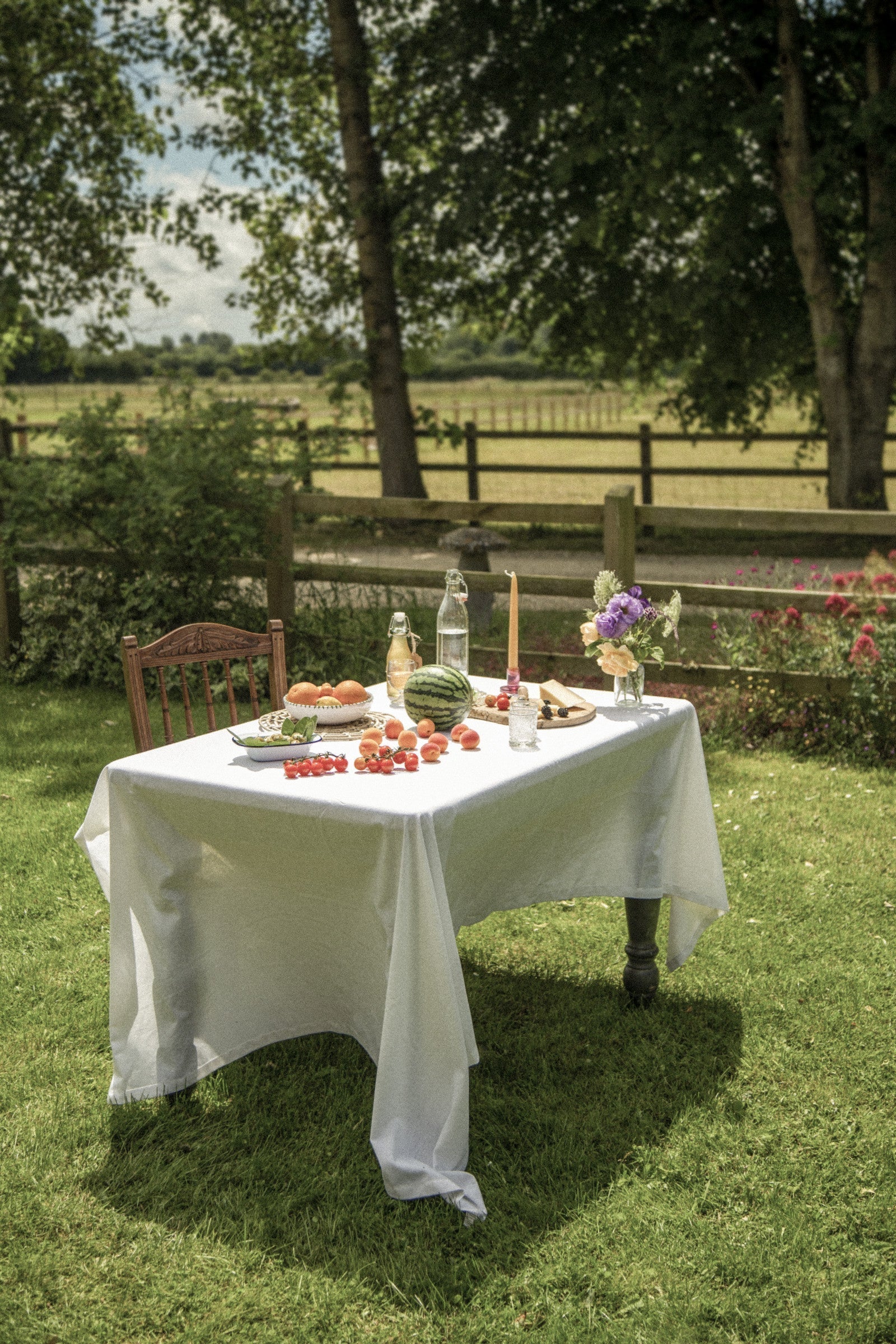
What is Harvest?
There’s a moment—just before the madness kicks in—when a vineyard feels almost peaceful. The grapes hang heavy, sun-drenched and swollen, teetering on the edge of perfection. In the cool dawn, winemakers, farmers, and pickers size up the fruit like gamblers eyeing a jackpot. Is today the day? Have the sugars hit the sweet spot? Do they go now, or roll the dice and hold out for something even better?
Then, suddenly, the moment’s gone. The vineyard shifts from quiet anticipation to full-throttle chaos. Harvest begins, and in an instant, it’s all hands on deck. Precision collides with adrenaline, exhaustion meets exhilaration, and every decision could mean the difference between a vintage to remember or one best forgotten.
If winemaking is theatre, harvest is opening night. Months of careful vine-tending climax in a race to get the grapes off the vines and into the winery before nature throws a tantrum—an unseasonal downpour, a rogue heatwave, or a flock of birds that have decided to treat the vineyard like an all-you-can-eat buffet.

Picking methods range from slow and meticulous hand-harvesting to machine picking, where massive grape-shaking beasts move through the rows like something out of a sci-fi film. Delicate Pinot Noir? That’s a job for careful hands. High-volume Sauvignon Blanc? Fire up the machinery and let it rip.
But not every harvest story is purely romantic. Recent reports have shed light on vineyard working conditions, prompting careful attention and debate within the industry, especially among some of the big Champagne houses. While harvest is often a time of community and celebration, the pressure to deliver perfection at scale can lead to complicated ethical considerations. It’s an important reminder that behind every bottle lies not just artistry, but responsibility—something consumers and producers alike are increasingly mindful of.
Once the grapes are in, the work doesn’t stop. This is when science and instinct collide. Sugar, acidity, tannin—it’s all measured, adjusted, and debated. A Chardonnay left to ferment in oak will emerge creamy and rich, while a Riesling can go anywhere from bone-dry and electric to lush and honeyed, depending on the winemaker’s choices. Fermentation takes hold, and every decision made in these chaotic, sleep-deprived weeks shapes what ends up in the bottle.
So there you have it, our take on Harvest. It’s people giving everything they've got to a season that could make or break them. Harvest is chaotic, exhausting, messy—and exactly why your favourite bottle tastes like more than just grapes. In New Zealand right now, we’re in our own harvest season, and increasingly we’re picking earlier and earlier each year. What's this about? More on that in our next article.




